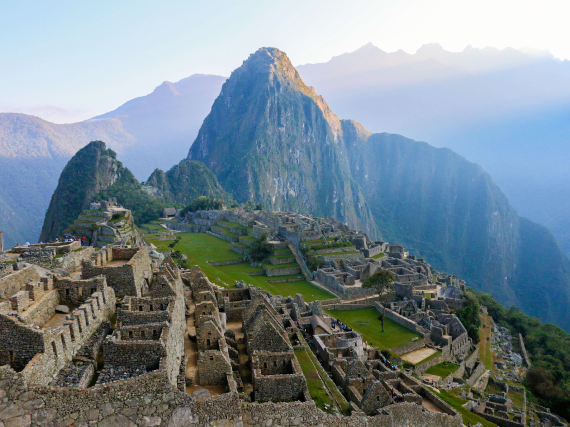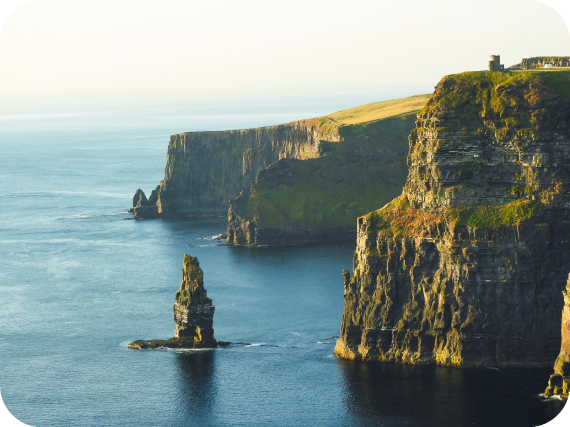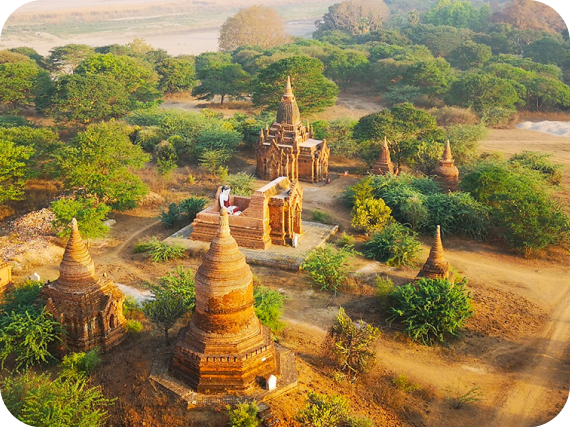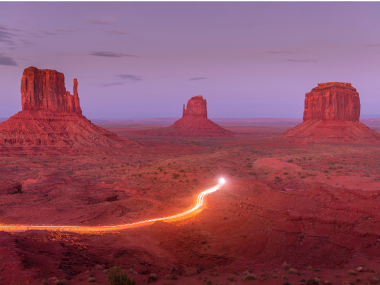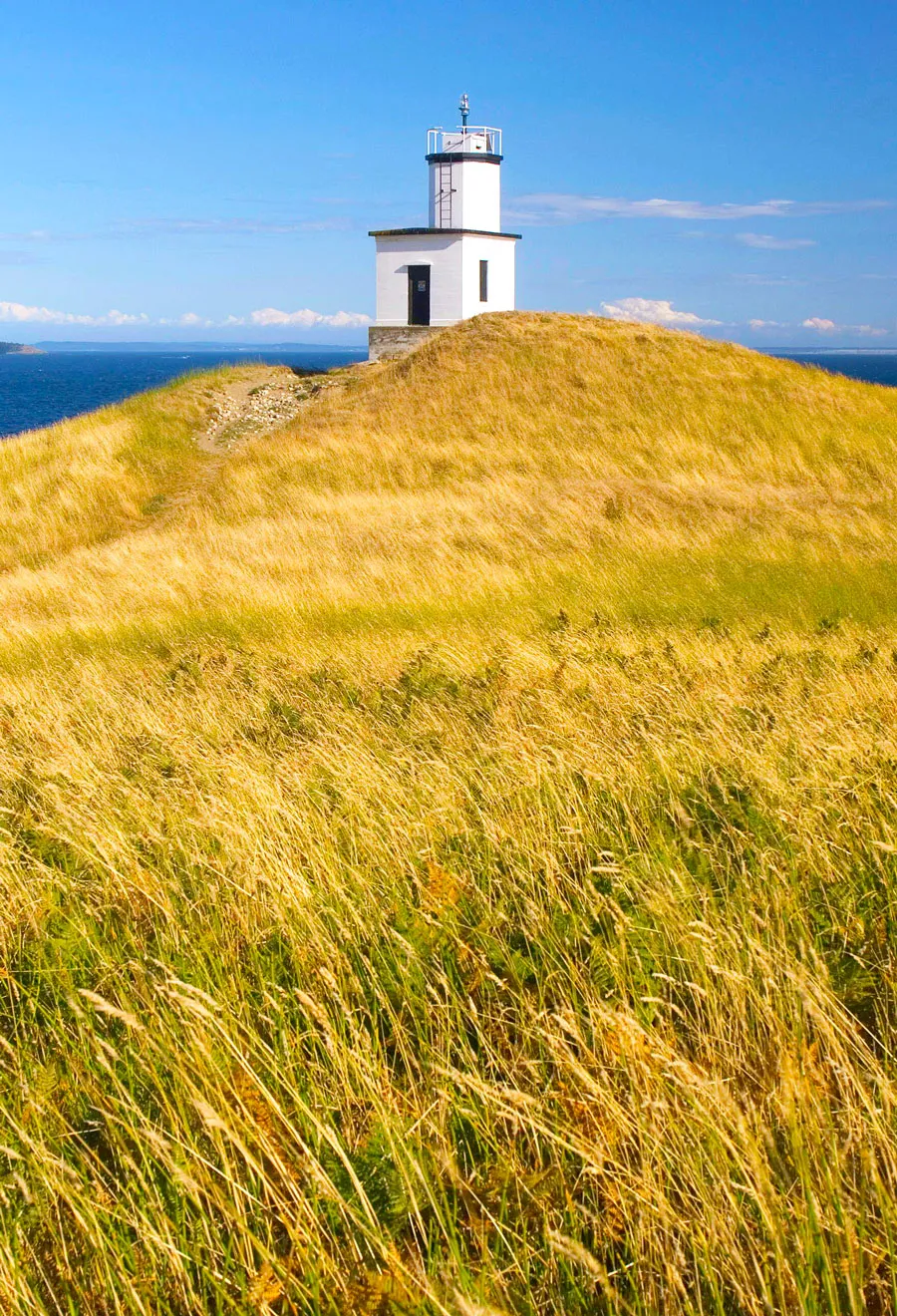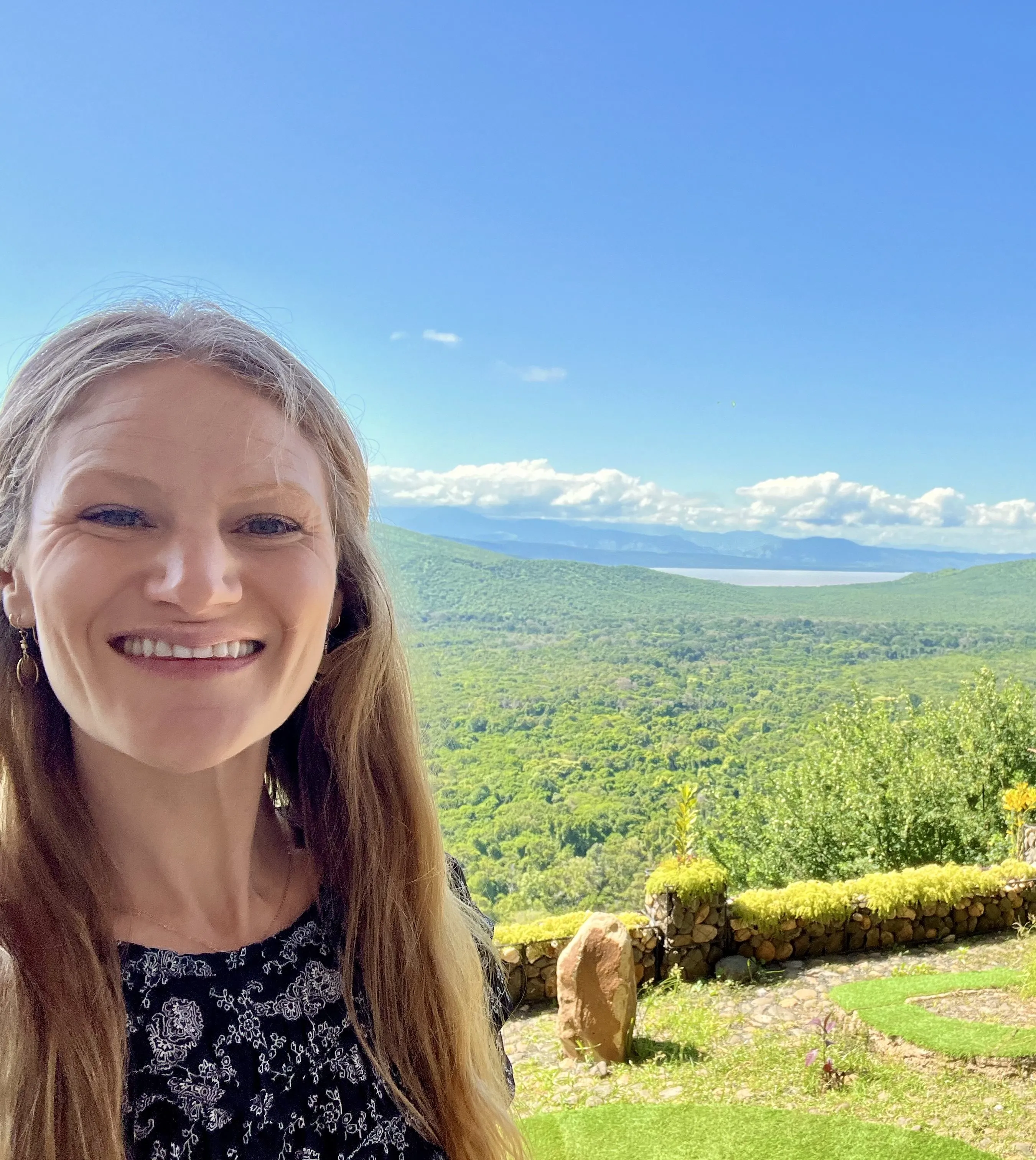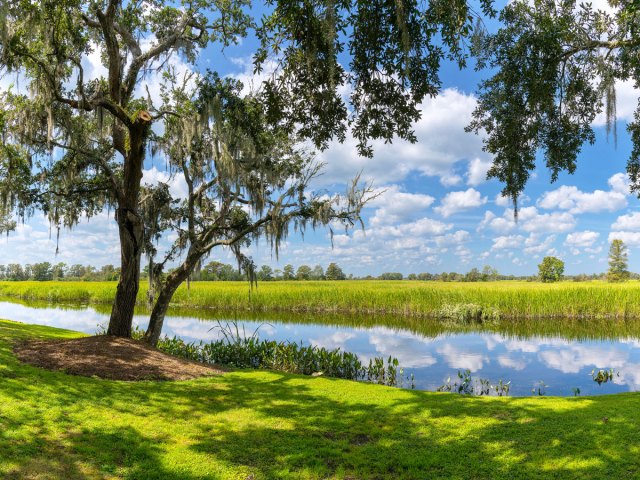The U.S. is home to 130 national monuments, many of which are just as breathtaking as the country’s most popular parks — minus the crowds. While national parks grab the spotlight, there’s something particularly enticing about exploring places that feel a little more under the radar. From the Black Hills of South Dakota to the tranquil islands of the Pacific Northwest, here are five underrated U.S. national monuments that we think deserve a spot on your travel list.
Jewel Cave National Monument – South Dakota
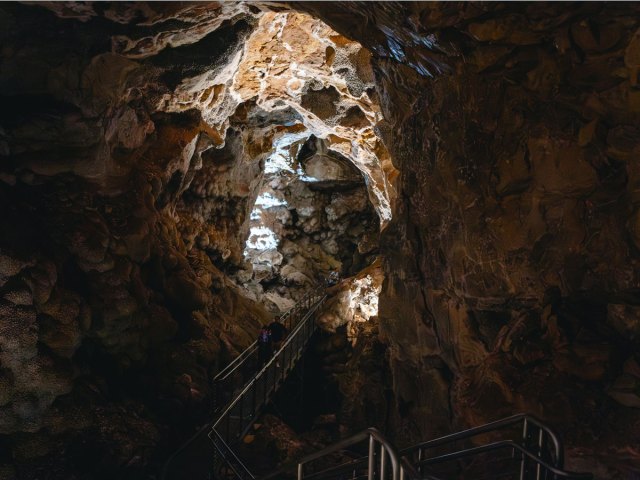
Jewel Cave National Monument is a hidden gem in every sense of the word. Tucked away in the Black Hills of South Dakota, it’s one of the longest cave systems in the world, boasting over 220 miles of mapped passageways. Inside Jewel Cave are a variety of sparkling calcite crystals, glistening like jewels and earning the cave system its name.
Among the stunning cave formations visitors will find are boxwork, a unique honeycomblike structure, and cave popcorn, which are small, knobby formations. You can also see flowstone, stalactites, stalagmites, and a long, ribbonlike drapery known as cave bacon. Guided tours at Jewel Cave range from short, family-friendly walks to historic lantern-lit journeys and even wild spelunking adventures that take you deep into its most thrilling passages. No matter which route you choose, exploring this incredible underground world is an unforgettable experience.
Craters of the Moon National Monument and Preserve – Idaho

Enter Craters of the Moon National Monument and Preserve and you’ll swear you’ve stepped into another world. In fact, the bizarre landscape made from lava and sagebrush so closely resembles the lunar surface that Apollo astronauts conducted their training here in 1969 to prepare for their trip to the moon.
The most striking features of this protected area are its ancient lava flows, formed by past eruptions from 25 dormant volcanoes that date back between 2,100 and 15,000 years. Popular activities in the national monument include scenic drives, hikes through dramatic lava formations such as Indian Tunnel and Inferno Cone, and stargazing in some of the clearest skies in the country. Craters of the Moon National Monument is often overlooked for Yellowstone and Grand Teton National Parks, both located a few hours away by car, but it delivers a quiet, otherworldly experience unlike anything else in the country.
Katahdin Woods and Waters National Monument – Maine
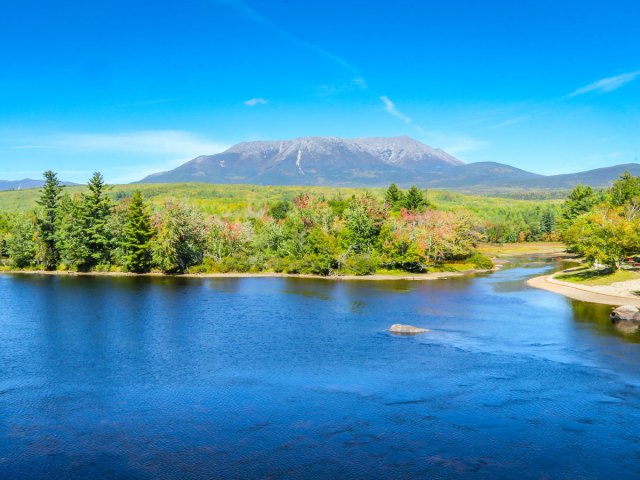
Maine is known for its rugged landscapes and pristine wilderness, and Katahdin Woods and Waters National Monument showcases some of the best that this New England state has to offer. This Maine national monument takes its name from the state’s highest peak, Mount Katahdin, which can be seen from various vantage points throughout the woods. With 50 miles of trails — including segments of the Appalachian Trail — Katahdin Woods and Waters offers everything from short scenic hikes to multiday backpacking adventures, all set against the backdrop of tranquil Maine wilderness.
As a designated International Dark Sky Sanctuary, the monument also offers exceptional stargazing, boasting some of the clearest, darkest skies east of the Mississippi. Elsewhere, visitors can enjoy birding, biking, fishing, and hunting, all without the typical crowds that flock to Acadia National Park during peak season — making it a quieter, yet equally compelling alternative.
San Juan Islands National Monument – Washington
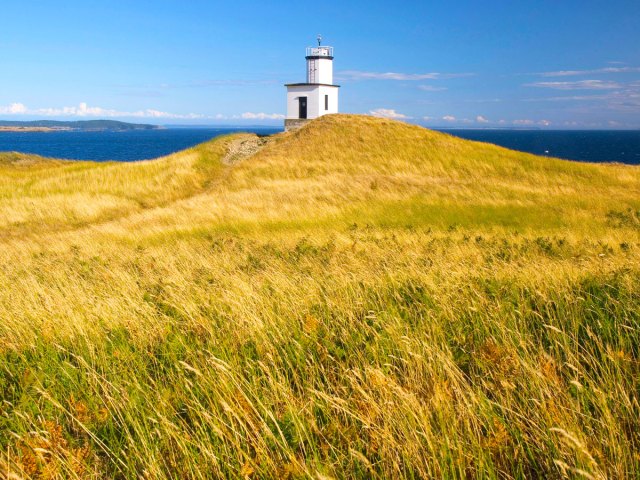
Located in the Salish Sea off the coast of northwest Washington, San Juan Islands National Monument is made up of 450 rocks, islands, and pinnacles. The park’s diverse landscapes — from sandy beaches to dense forests and snow-capped peaks — provide vital habitats for countless species of mammals and birds, including orcas, seals, sea lions, and bald eagles. One particularly remarkable species is the island marble butterfly, once believed to be extinct but rediscovered here in 1998.
The San Juan Islands hold profound cultural and ecological significance, with evidence of wildlife inhabiting the area for thousands of years before Indigenous tribes later made it their home. In addition, several historic lighthouses that reflect the region’s rich maritime heritage are scattered across the landscape. Visitors can experience the national monument through activities such as kayaking, hiking, wildlife viewing, and camping.
Canyon de Chelly National Monument – Arizona
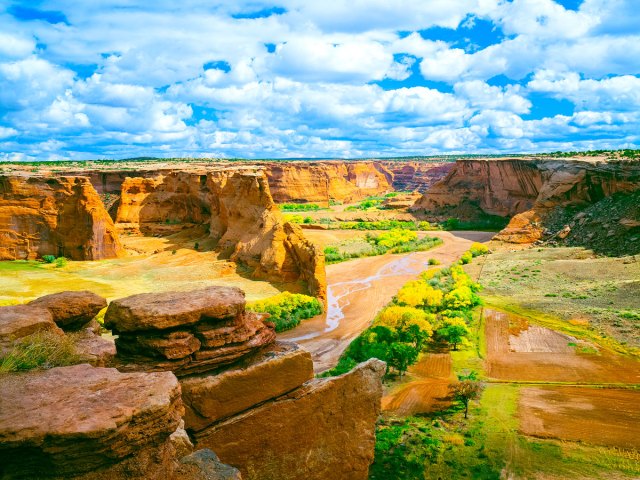
Grand Canyon National Park features on many travelers’ bucket lists, but with 4.9 million visitors in 2024, some of its magic can feel lost in the crowds. What many don’t realize is that Arizona houses a wealth of other stunning canyons and sandstone landscapes that rival the Grand Canyon’s beauty, one of which is Canyon de Chelly National Monument.
Located about 200 miles east of the Grand Canyon, Canyon de Chelly features dramatic sandstone cliffs, ancient Puebloan ruins, and cliff dwellings carved into the canyon walls. Among its highlights is Spider Rock, a striking sandstone spire that holds deep spiritual meaning for the Navajo peoples. Canyon de Chelly is home to a Navajo community, who work alongside the National Park Service to protect the land’s cultural heritage and natural beauty.
More from our network
Daily Passport is part of Inbox Studio, which publishes content that uplifts, informs, and inspires.

